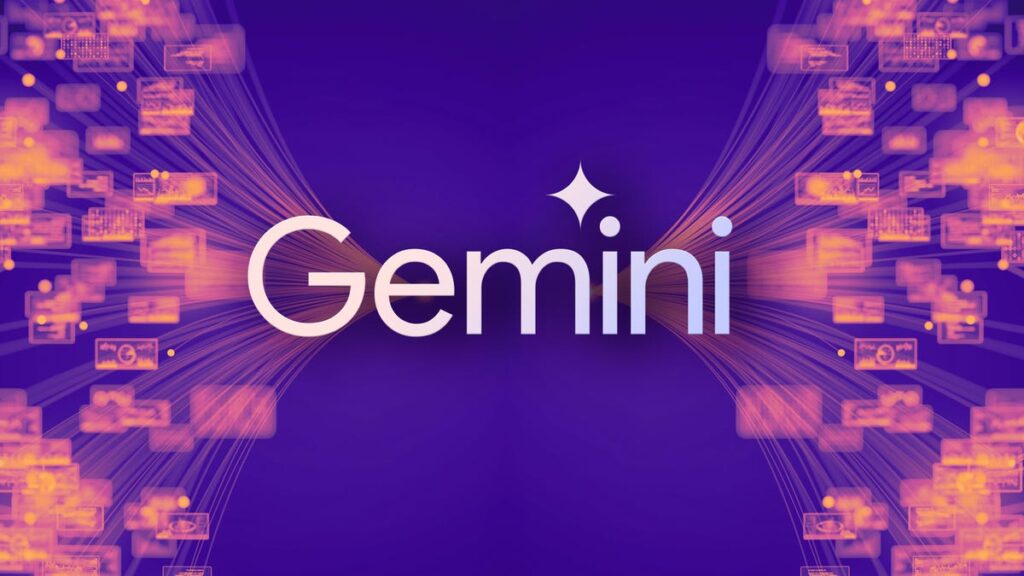Google is throwing its hat in the AI video ring. Google’s Veo 2 AI video model is now available for its paying Gemini Advanced customers, the company announced on Tuesday.
It’s the first time its AI video model will be available to the general public, even if it’s paywalled at launch. Previously, Veo 2 was only available to a select group of Vertex AI users, according to a post from Google in Dec. 2024. We first saw a taste of what Veo can do at Google I/O earlier in 2024, shown off by Donald Glover.
If you want to play around with Veo 2 now, you can sign up for a free, one-month trial of the Google One AI premium plan, which includes access to Gemini Advanced. After the free trial is over, you’ll be charged $20 per month. You can also use Veo 2 in Whisk, Google Labs’s new experimental AI animation program. Google said it plans to bring Veo 2 to free users in the future. Google Workspace business and education accounts won’t have access to Veo 2 at launch.
AI video is the latest wave of generative AI technology. Google’s general release of Veo 2 follows OpenAI’s release of Sora and Adobe’s Firefly. The AI creative service landscape is increasingly competitive, with all the major tech companies having announced their own version of an AI video model. Google’s entrance into the field marks an increasing ramp-up in AI video services.
Google’s Gemini privacy policy says Google can collect information from your chats, files and related info, which is why it recommends you do not give Gemini any confidential information. When you agree to Google’s generative AI policy, you agree not to violate the company’s prohibited use policy, which aims to prevent the creation of abusive and illegal content.
Veo 2 early testing
You can create these short AI clips by going into your Gemini web or mobile app, clicking the down arrow next to the Gemini Advanced logo and selecting Veo 2 from the list of models. Videos generate within a minute or two.
The AI clips are eight seconds long, at 720p resolution, with no sound. Gemini automatically creates videos in a horizontal 16:9 format, and it doesn’t seem to be able to generate in other sizes, even when you include it in your prompt. That’s a bummer since so many social media platforms prioritize vertical video, but it’s also something Google is likely to fix in future model updates. You also can’t upload image or style references, so you’ll need to practice good AI prompt writing to get the video you’re envisioning.
There are monthly generation limits to how many videos you can create, but how those credits are measured is unclear. Google says you’ll get a warning in Gemini as you approach that limit.
Google’s SynthID watermarks are automatically added to Veo 2 videos. These invisible watermarks help distinguish content that’s entirely AI-generated. Google adds them to images made with its Imagen 3 text-to-image model, too.
My initial testing of Veo 2 found that the videos were decent but nothing exemplary. Gemini had pretty good prompt-adherence — meaning, it generated what I asked it to with minimal flubs or hallucinations. But Sora and Firefly let you generate AI videos at higher resolutions, like 1080p, and they have more customization tools that are key to avoiding tedious post-generation editing. Google doubtlessly has plans to upgrade Veo, but for now, it’s an interesting tool to play around with but unlikely to become a big part of creators’ day-to-day workflows.
Read the full article here

